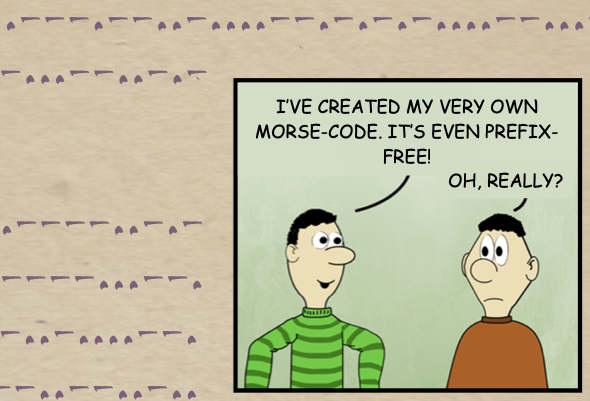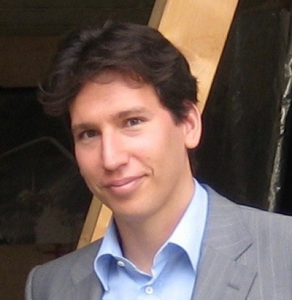Vor zwei Monaten hat Christoph Tenzer die Challenge von Armin Krauß gelöst und ist damit der aktuelle Träger des Friedman-Rings. Heute stelle ich Christophs neue Challenge vor. Wer sie löst, wird sein Nachfolger.
English version (translated with DeepL)
Wer das aktuelle Krypto-Rätsel als erstes löst, erstellt das nächste. Nach diesem einfachen Prinzip funktioniert der Friedman-Ring. Dabei handelt es sich um ein Spiel, das nach den Kryptologen William und Elizebeth Friedman benannt ist. Vorbild ist der Iffland-Ring, der bereits seit Jahrhunderten an Schauspieler vergeben wird.
Vor zwei Monaten endete die dritte Runde des Friedman-Ring-Spiels. Das bisher letzte Rätsel kam von Armin Krauß. Christoph Tenzer hat es als erster gelöst und wurde damit der neue Träger des Friedman-Rings.
Damit ergibt sich folgende Liste von Trägern:
- Frank Schwellinger
- Anna Salpingidis und Christoph Tenzer
- Armin Krauß
- Christoph Tenzer
Die Infrastruktur zum Friedman-Ring ist noch im Aufbau. Es gibt eine Webseite dazu, die sicherlich noch ausführlicher werden wird.
Der jeweilige Empfänger des Friedman-Rings verpflichtet sich, ein Krypto-Rätsel zu entwickeln und mir zur Verfügung zu stellen. Wer dieses Rätsel als erstes löst, ist der neue Träger.
Christoph Tenzer’s Kryptogramm
Und hier kommt die neue Challenge. Christoph hat sie mir einerseits als Video zur Verfügung gestellt:
Außerdem gibt es das gleiche Rätsel als Bild:
Christoph schrieb mir: “Ich wollte eine Aufgabe erstellen, bei der die Verschlüsselungsmethode von Anfang an bekannt und noch dazu eher einfach ist. Der Klartext ist auf Englisch. Ich denke die Schwierigkeit ist ziemlich hoch. Aber mit Hints kann man das ja wieder vereinfachen.”
Christoph hat sogar (obwohl das in den Regeln nicht vorgeschrieben ist) einen Preis ausgesetzt. Es gibt 50 Euro (per Paypal) für die richtige Lösung – bei Bedarf aufgeteilt nach Beiträgen in den Kommentaren.
Wie schon öfters erwähnt, gehört es zu den Nachteilen einer solchen Challenge, dass jeder Leser-Hinweis, der als Kommentar veröffentlicht wird, einem anderen Codeknacker zum Gewinn verhelfen kann. Ich bitte mein Leser daher, nicht ganz so egoistisch zu sein. Wenn im Forum über Lösungswege diskutiert wird, macht das die Sache für alle spannender. Natürlich werde ich jeden Kommentar, der zur Lösung beigetragen hat, entsprechend würdigen.
Das Rennen ist eröffnet!
Follow @KlausSchmeh
Further reading: Christoph’s Chaotic Caesar Challenge
Linkedin: https://www.linkedin.com/groups/13501820
Facebook: https://www.facebook.com/groups/763282653806483/





Kommentare (84)